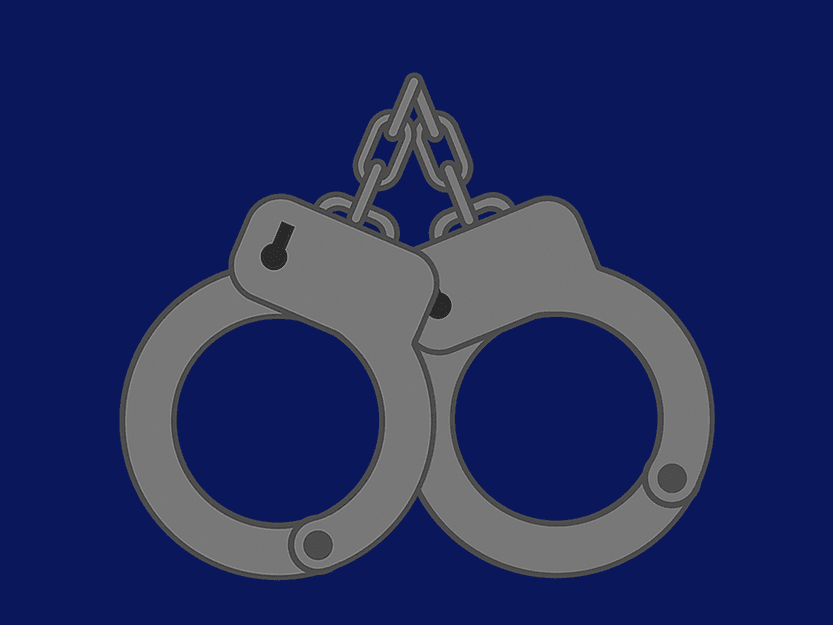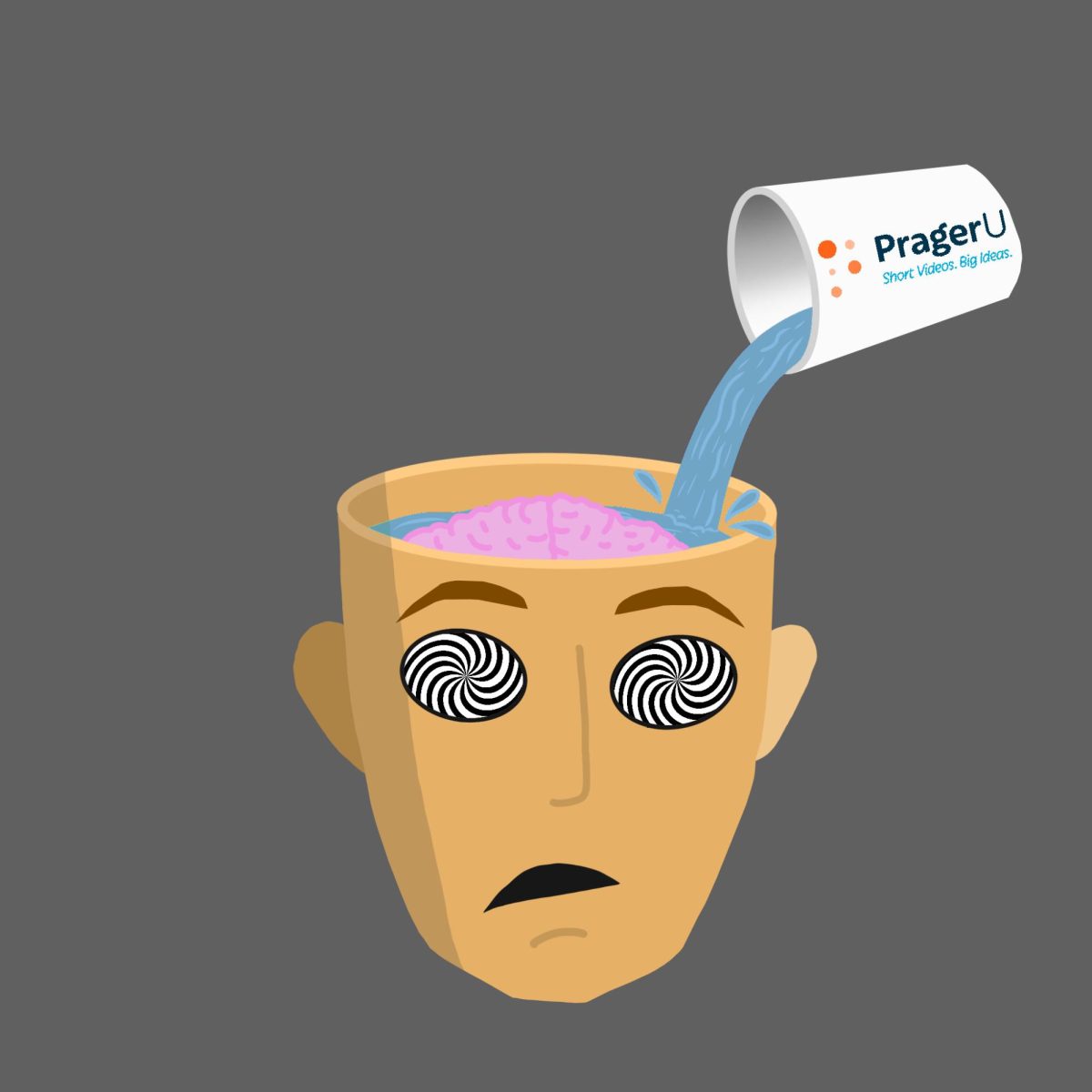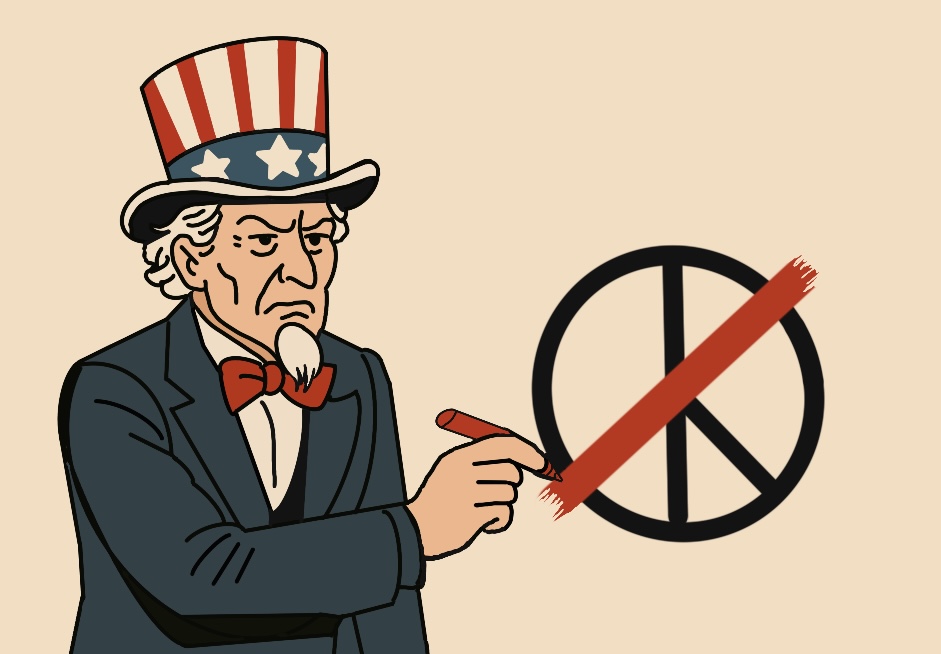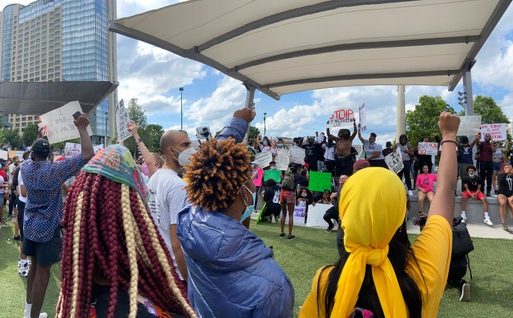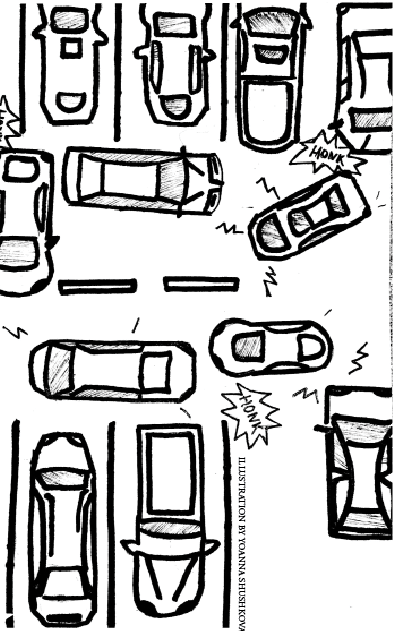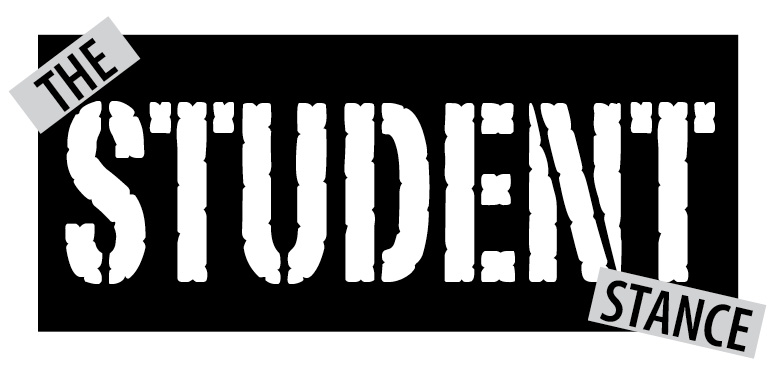
Has the media’s portrayal of Michael Brown been accurate?
BY CHLOE CITRON
On August 9th, 2014, in Ferguson, MO, police officer Darren Wilson shot and killed 18 year old Michael Brown. What followed has quite possibly been the most important media event of my generation. The ensuing chaos is both defining and changing the way race and police control is viewed in America. What’s being lost in the fray, however, is whether or not the media coverage is unbiased. In my opinion, the media’s portrayals of the slain teen simply display a varying range of racial stereotyping.
The timeline of the events following Brown’s death is muddled. All that can be known for sure are the facts. Protests and riots broke out shortly after the news of his death came to public attention. Police entered the situation, and soon after, they were armed with military weapons. Another main factor of the course of events is the media coverage. As soon as things began to get progressively more serious, the news cameras and journalists were on the scene, reporting their version of events. That, however, is exactly where the problem lies. Because no one understands exactly what happened, everyone’s version is skewed. This has caused the media representation of Michael Brown to vary, from intensely negative to a sort of martyred image of perfection, neither of which we know to be true.
On one side of the spectrum, there is the image of Michael Brown that we are very used to seeing in the media portrayal of young black men. In this image, he is reckless, disrespectful, and prone to criminal behavior. A news report that we watched in class was the alleged account made by Darren Wilson, explaining the events of August 9th. In this account, Brown is said to curse at the officer, run at him at full speed as if he was under the influence of a serious drug, and body slam him violently. This account seems to justify Brown’s killing, by saying that the teen was out of control. No one can be sure what happened, but this is a side to the story we’re used to hearing. This reminds me of a hashtag on Twitter that was trending recently: #IfTheyGunnedMeDown. Black men and women posted pictures of themselves side by side, asking the question, “If they gunned me down, what picture would they show?” One of the pictures would coincide with an intensely negative racial stereotype of a young black person, that included alcohol or a gang sign. The other picture would be of the person showing character and good will, holding their young child or graduating from an esteemed university. To me, this says a lot about how young black people are portrayed in the media, and what could be happening to Michael Brown.
Another representation of Brown that we’re seeing in the media is the portrayal of the teen as a symbol of revolution, a martyred angel. I don’t think this is as insidious as the previous image, but I do think it’s harmful. This representation of Brown dehumanizes him, and turns him into a lesson to be learned, rather than a person to be remembered. If we turn slain youths into propaganda, we’re inciting violence and revenge. I think, instead, we should be trying to promote respectful solidarity. I know that change is not easy, and oftentimes screaming is the only way to be heard. Still, it is my opinion that we must do our best to look at Michael Brown as he was, a young man with a life ahead of him, rather than the stereotypes that society is forcing on us, through endless streams of newscasts and articles. Perhaps the only way we can make true change, is to look past what we’re being told to see, and try to see the truth.


